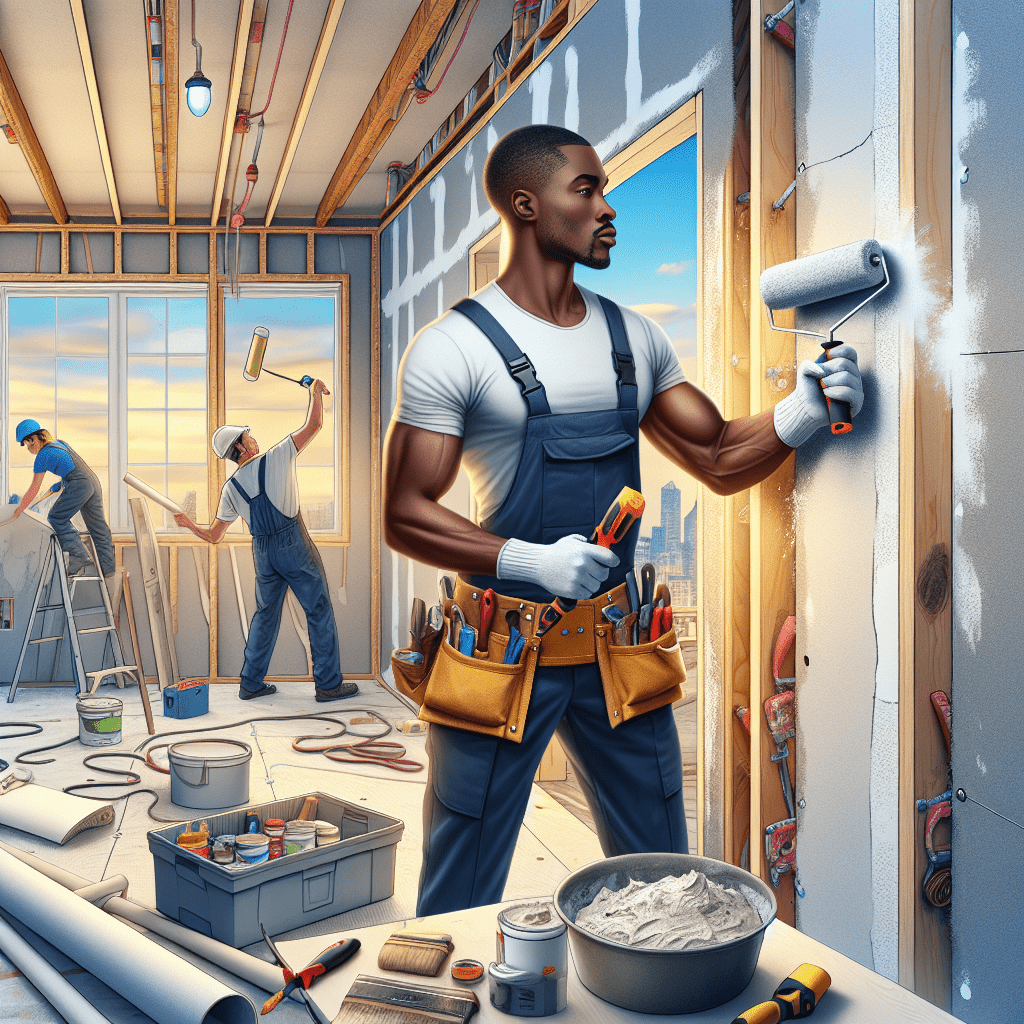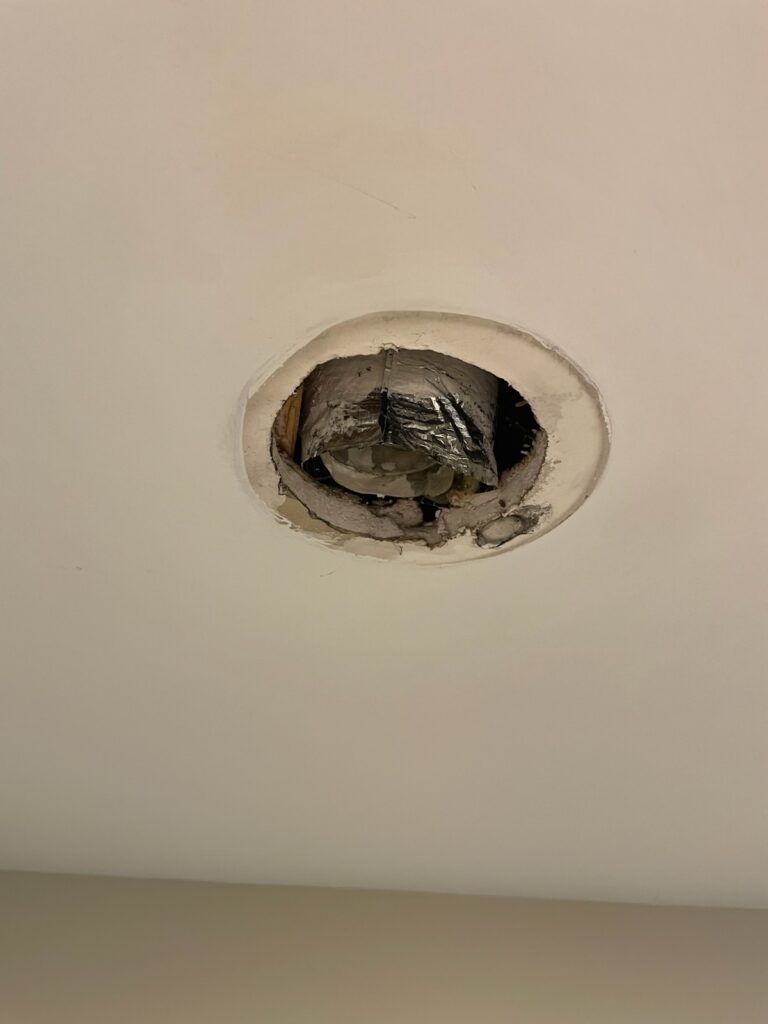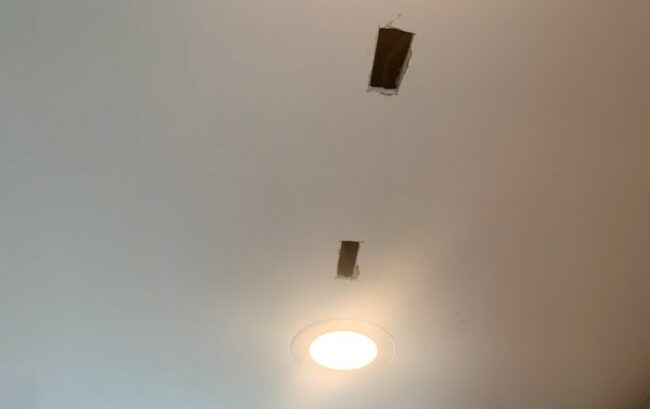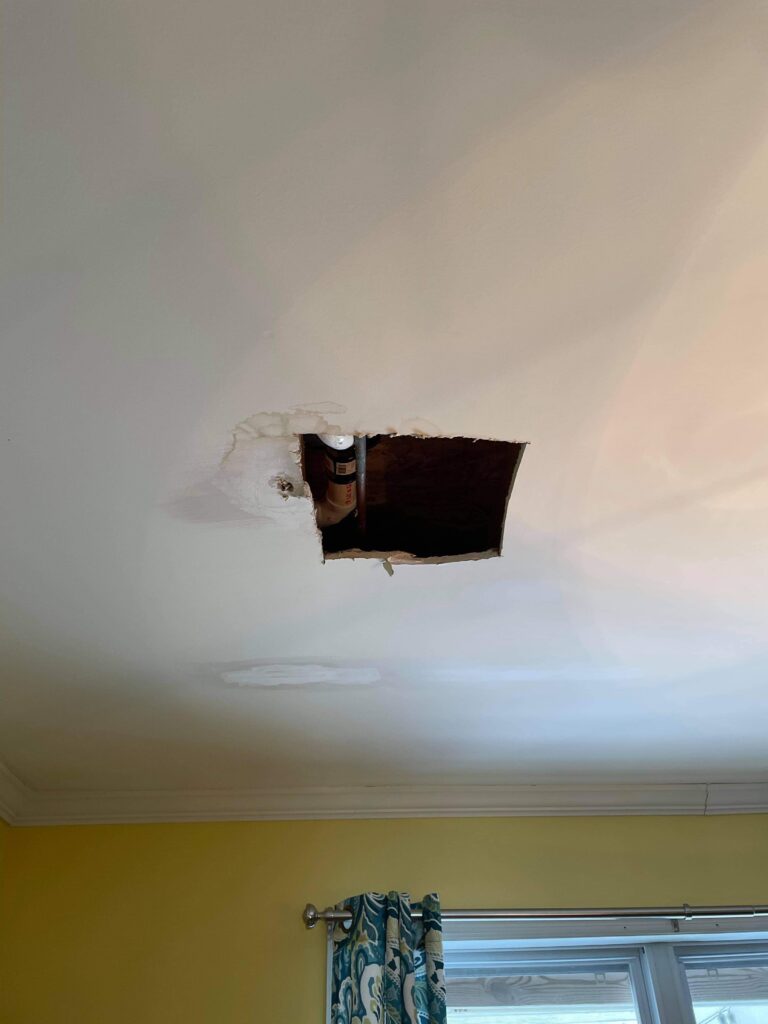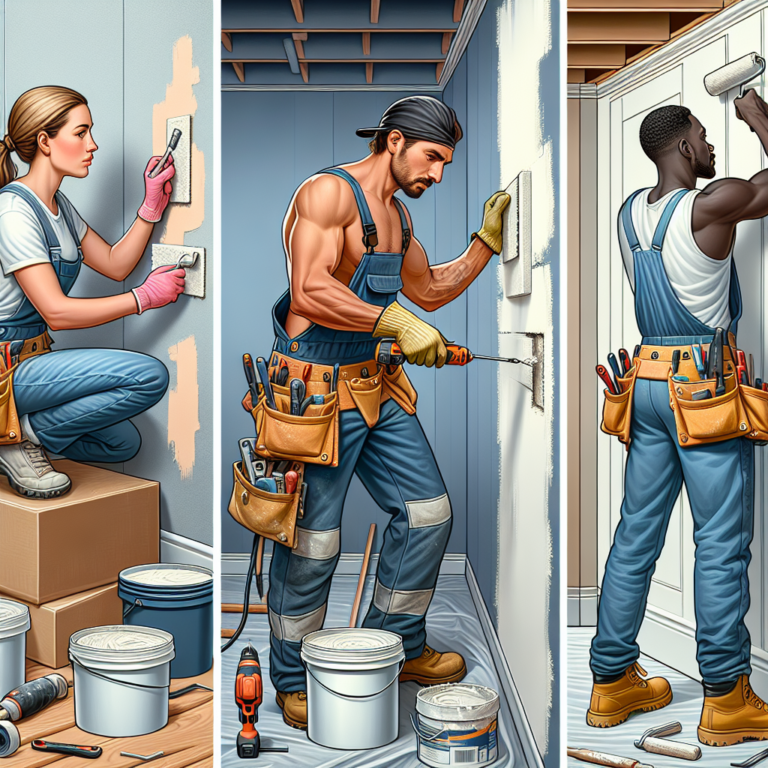When to Call a Drywall Repair Contractor
Drywall is a common material in modern homes, providing walls and ceilings with a smooth finish. However, it’s not immune to damage. Whether it’s from routine wear and tear, water damage, or unfortunate accidents, knowing when to call a drywall repair contractor can save you time, money, and ensure a quality finish. This comprehensive guide will help you identify the right time to seek professional help, distinguish between do-it-yourself repairs and those that necessitate a contractor, and provide tips on choosing the right professional for your needs.
When to Consider a Drywall Repair Contractor
1. Type and Extent of Damage
Different types of damage require different levels of expertise. Here’s a breakdown:
Minor Repairs
Simple cracks, dents, or small holes (less than 1 inch) can be effectively repaired by a well-prepared DIYer. If you’re a beginner, home improvement stores often offer drywall repair kits, such as this Drywall Repair Kit, which include necessary tools and materials.
Moderate to Severe Damage
Cracks larger than 1 inch, water damage, and structural issues often require professional intervention. Signs of severe damage include:
- Sagging or buckling drywall: This indicates potential water damage or improper installation.
- Extensive holes or large sections of missing drywall: If more than a few tiles or panels are affected, it’s best to consult a contractor.
- Multiple stress cracks: These can indicate deeper structural issues that need professional assessment.
2. Water Damage
Water damage can severely compromise drywall integrity, leading to mold growth. If you have leaks in your roof or plumbing, don’t wait to address them. Signs of water damage include:
- Discoloration or staining.
- Warping or bubbling surfaces.
- Mold or mildew presence.
Professionals will provide thorough inspections and can replace affected sections, ensuring that mold remediation is properly managed.
3. Renovations or Remodeling
If you’re undertaking renovations that involve relocating or removing walls or altering the structure of a room, a drywall contractor will be essential. They can ensure that:
- Structures are compliant with building codes.
- Electrical and plumbing systems are correctly accommodated within the new framework.
Even if you’re simply updating aesthetics, such as adding texture or decorative elements to drywall, a professional can improve the outcome and reduce your effort.
4. Insufficient Skills or Time
If you’re short on time, or simply lack the necessary skills or tools for more complex repairs, hiring a professional will certainly save you stress. Factors like a tight schedule, unfamiliarity with tools or materials, and a desire for quality can all weigh heavily in favor of hiring an expert.
5. Complex Finishing Techniques
Techniques like mudding, taping, or texturing take considerable skill and finesse:
- Mudding and taping: If done improperly, they can lead to lumpy or uneven finishes. An expert can ensure uniformity to match your existing drywall.
- Texturing, such as knockdown or popcorn ceilings: These require trained hands to create an even and seamless appearance.
6. Injury Risks
Some drywall tasks can pose physical risks, especially those that involve working at heights or with large sheets. If you feel uncertain about your ability to safely complete a project, it’s best to hire a professional who possesses the experience and proper safety equipment.
Choosing the Right Drywall Repair Contractor
1. Research and Reviews
Begin your search for a contractor with some online research. Look for local contractors with good reviews on platforms like Google My Business, Yelp, or Angie’s List. You should aim to find professionals who specialize in drywall repair specifically.
2. Ask for References
Don’t hesitate to ask contractors for references from previous clients. Speaking directly with past customers will provide insight into their work quality, reliability, and professionalism.
3. Get Multiple Quotes
It’s wise to get estimates from at least three different contractors. This will provide a sense of the average cost and help you avoid being overcharged. Ensure that quotes detail not only labor costs but also material costs, timelines, and payment conditions.
4. Check Credentials
Ensure that your contractor is licensed and insured. This protects you from liability should any accidents occur during the project. Verify their credentials and ask about their experience specifically with drywall repairs.
5. Assess Their Knowledge
A reputable contractor should be knowledgeable about various drywall types, installation techniques, and repair methods. Ask questions about their approach to your specific repair needs to gauge their expertise.
DIY vs. Hiring a Contractor: Making the Right Choice
| Criteria | DIY | Hiring a Contractor |
|---|---|---|
| Cost | Usually cheaper | Generally higher due to labor |
| Time | Time-consuming for larger repairs | Can save time, efficient processes |
| Skill Level | Requires basic skills | High skill level and experience |
| Quality | Varies; risk of mistakes | Professional finish and detail |
| Tools Required | Basic tools for minor repairs | Advanced tools and equipment needed |
| Safety Risks | Potentially high if untrained | Professional can mitigate risks |
Common Mistakes to Avoid
1. Underestimating Damage
Trying to cover up significant damage without addressing the root cause (like leaks) can lead to escalating problems down the road.
2. Choosing the Wrong Repair Method
Different drywall damage types require various repair techniques. For instance, using regular joint compound for wet areas can lead to further moisture issues.
3. Neglecting Preparation
Skimping on preparatory steps—like cleaning, sanding, and priming—can lead to poor adherence and visual flaws.
Final Thoughts: When in Doubt, Call a Pro
In summary, while some minor repairs may be manageable with some basic tools and knowledge, many situations necessitate the expertise of a professional drywall repair contractor. By knowing the signs of when to get help, you can not only preserve the aesthetics of your home but also ensure safety and longevity in your drywall work.
If your drywall is starting to show signs of wear, or if you’re considering a renovation project, don’t hesitate—consult with professionals to get the best results for your home.
Related: How to Repair Drywall Like a Pro
Related: The Best Drywall Taping Techniques
Share & Resources
Did you find this guide helpful? We encourage you to share it on Pinterest, Facebook, or Reddit! Your support helps others discover useful drywall repair advice.
Contractors, home improvement bloggers, and DIY enthusiasts are welcome to link back to this article to assist their audience with valuable drywall repair insights. Together, let’s empower our communities to enhance their homes, one drywall project at a time!

